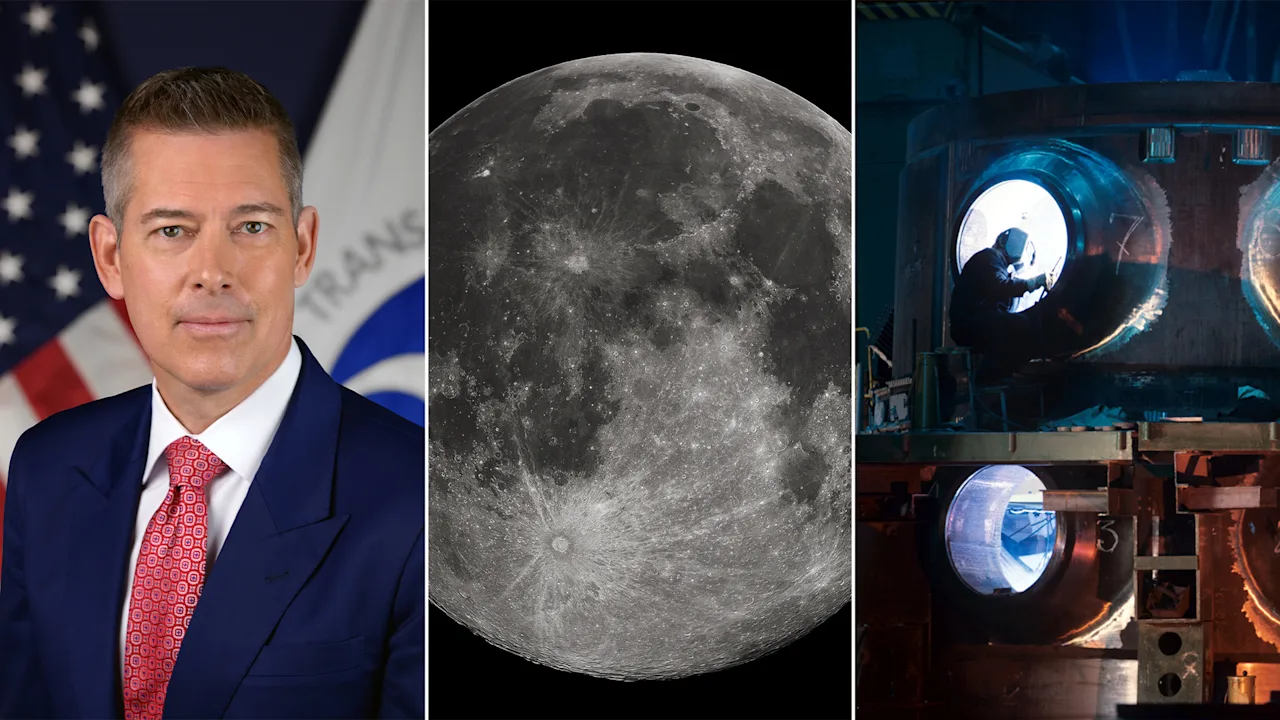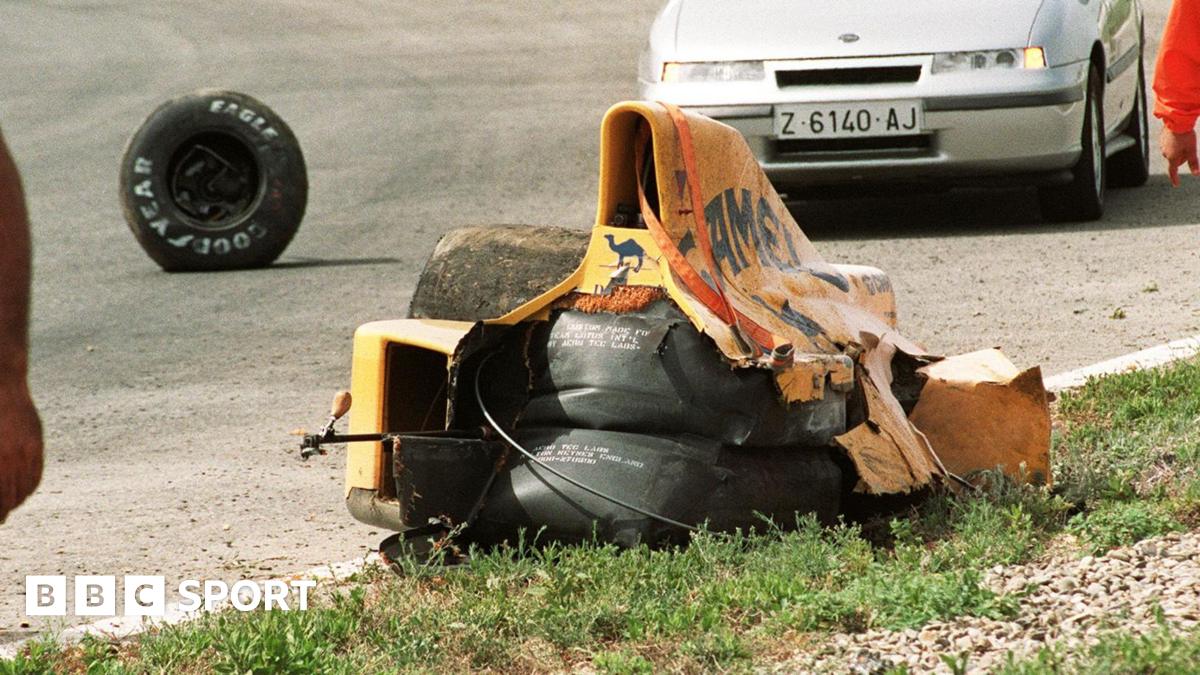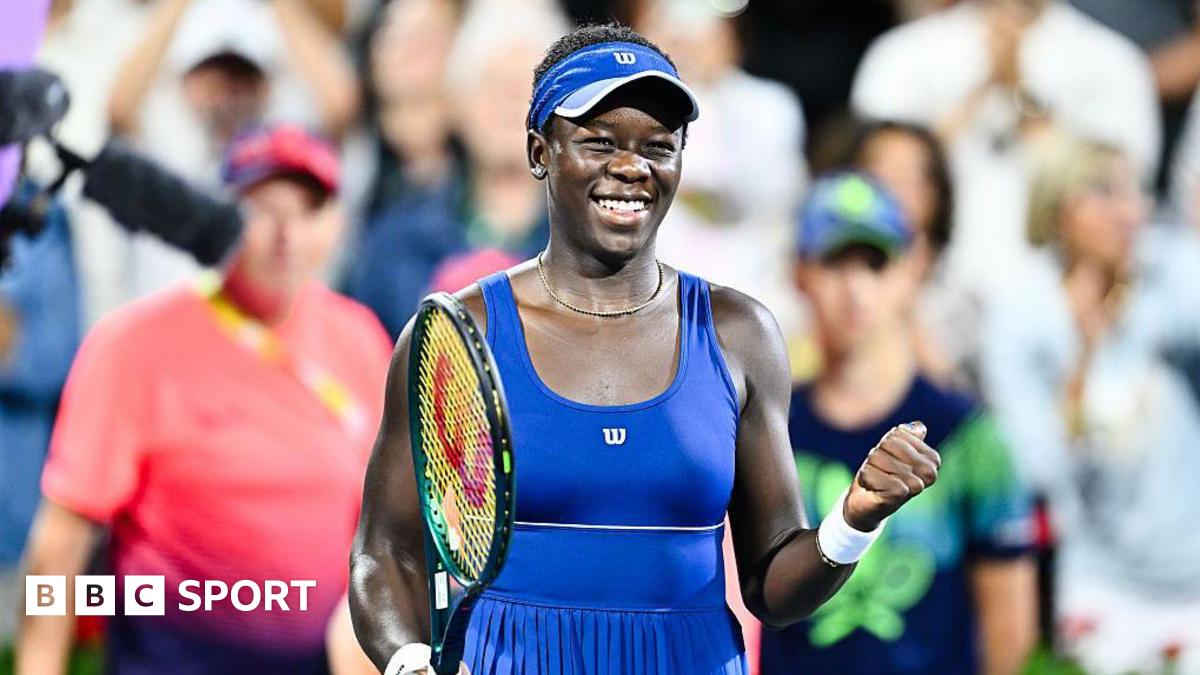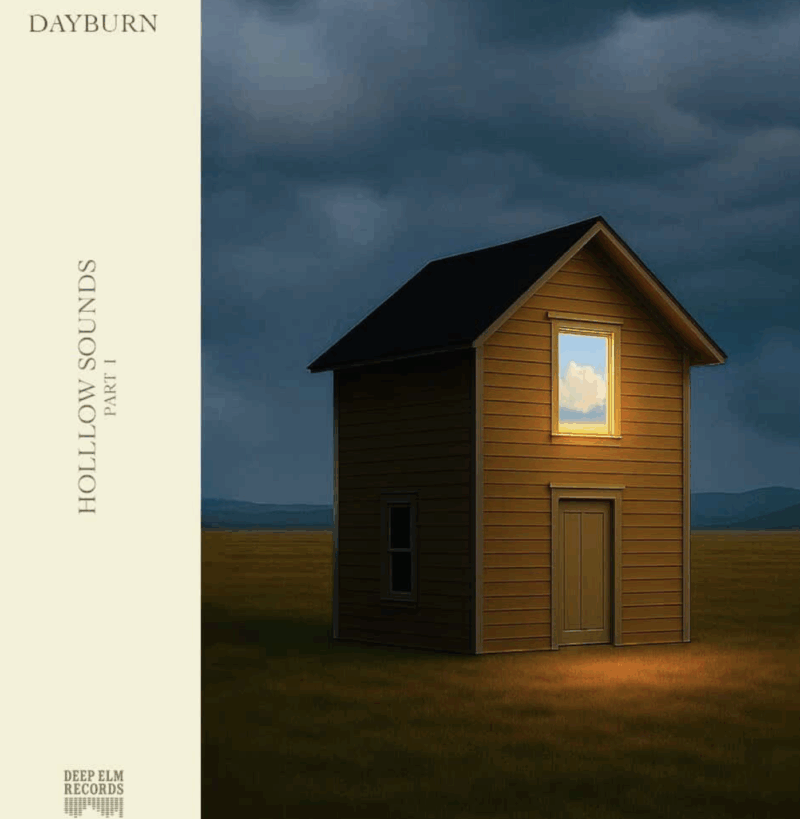Is retirement approaching? Use these expert tips to build up your cash cushion

While most retirement portfolios include allocations to stocks and bonds in the years leading up to retirement, most retirement savers don’t hold much more than an emergency cushion in cash.
Thus, an important job in the years before retirement is building up that cash cushion.
The good news is that cash yields are up, meaning cash holdings aren’t the “dead money” they were a few years ago. And equity investments have performed well, too—at least until very recently. That means that most investors can build their cash stakes, at least in part, by pruning appreciated holdings.
Here’s some guidance on the amount, source, and location of those liquid reserves, according to the Bucket approach to retirement portfolio planning.
Rightsizing Bucket 1
Your cash bucket should consist of one to two years’ worth of portfolio withdrawals, not living expenses.
In order to set up Bucket 1 initially, think through your cash flow sources for the first few years of retirement.
For example, let’s say a 66-year-old wants to retire in two years and expects that he’ll need to spend $80,000 per year, in total, from his $1.5 million portfolio, at that time. He wants to delay filing for Social Security until age 70, so all of his spending will come from his portfolio in those first few years of retirement. After that, roughly half his spending needs will come from Social Security.
If he wanted to be conservative, he could build a cash cushion consisting of $160,000—his years 1 and 2 portfolio withdrawals.
His Bucket 2—high-quality bonds—would consist of eight years’ worth of portfolio withdrawals, which at that point will be $40,000 per year. The remaining $1 million and change could go into a globally diversified equity portfolio.
Where to put the money?
It’s also worth considering the “where” of your liquid reserves. To do so, consider your sequence of withdrawals in retirement.
Taxable accounts are often first in the queue for retirement withdrawals because their ongoing tax costs are higher than tax-sheltered accounts.
But some retirees may benefit from spending from their tax-deferred accounts early in retirement, with an eye toward reducing future required minimum distributions and tax bills. This is a good spot to get some advice from a financial or tax advisor.
Armed with the knowledge of where you’ll turn for your spending in the first part of your retirement, you can then figure out where best to hold your liquid reserves.
Where to get the money?
The next step is figuring out how to build up this reserve. Ideally, you’d give yourself a couple of years to enlarge your cash position rather than having to find the money just before retirement.
For preretirees who are still saving for retirement, start by directing new contributions into cash. Say, for example, the aforementioned retiree is directing a couple years’ worth of IRA and 401(k)contributions to cash. He could arrive at nearly half his target cash allocation by the time he reaches his retirement.
There’s also potential bonuses and inheritances. If you’ve recently received a surprise cash injection, the assets are a logical source for bulking up cash reserves.
Another solid option is to build up cash by peeling back on highly appreciated asset classes, especially US stocks. Trimming equities and adding those assets to cash and bonds reduces risk and helps cover cash flows for the first few years of retirement.
Finally, you can reduce risky positions. Consider the employer stock you know you should scale back on or the individual-stock portfolio that’s duplicative of what’s in your mutual funds. Such holdings can be ideal sources when building up your cash reserves, but mind the tax consequences if you’re selling them from a taxable account.
This article was provided to The Associated Press by Morningstar. For more personal finance content, go to https://www.morningstar.com/personal-finance
Christine Benz is director of personal finance for Morningstar.
Christine Benz of Morningstar
What's Your Reaction?
 Like
0
Like
0
 Dislike
0
Dislike
0
 Love
0
Love
0
 Funny
0
Funny
0
 Angry
0
Angry
0
 Sad
0
Sad
0
 Wow
0
Wow
0


















































![West coast, loverboy, poetic: inside Hoodtrophy Bino's CBFW [Interview]](https://earmilk.com/wp-content/uploads/2025/08/Earmilk-photo-800x462.png)











































